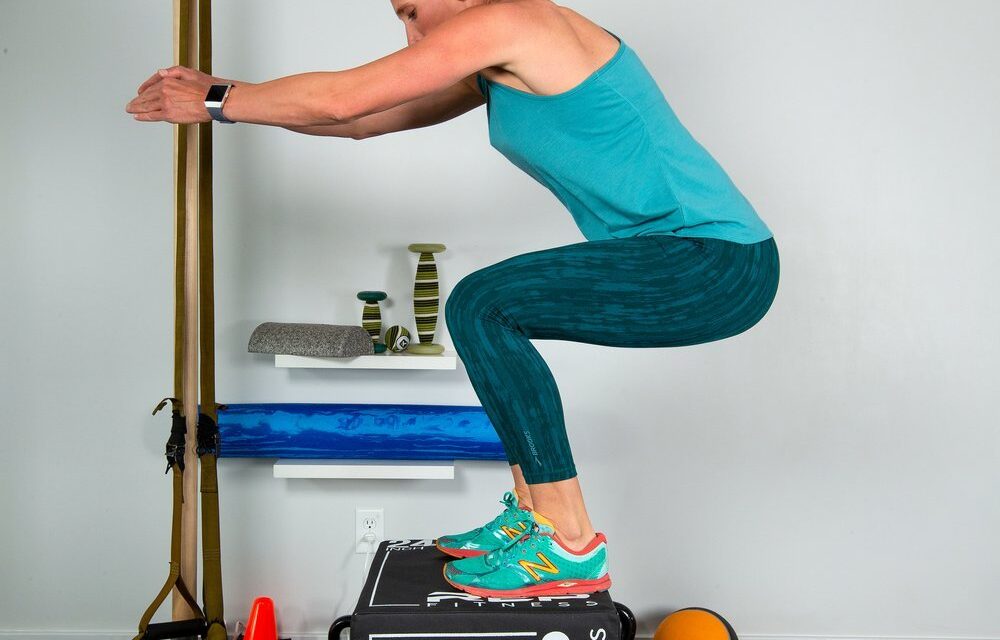PT-guided personal training empowers Lafayette locals to build strength, prevent injury, and live fully in their active community. Mend Colorado’s Lafayette clinic has launched its updated personal training page, making doctor-led fitness programs more accessible to the community. The new resource highlights the clinic’s individualized approach, supporting Lafayette’s active community in building strength, improving mobility,...
Mend Colorado Launches Upgraded Boulder Personal Training Page, Integrating Medical Insight with Fitness Excellence
December 17, 2025
The new page highlights Mend’s doctor-led approach to strength, mobility, and recovery, bridging the gap between physical therapy and personal training in Boulder Mend Colorado, a leader in physical therapy and personalized fitness, is excited to announce the launch of its newly revamped Boulder Personal Training page. The page provides residents with a streamlined way...
Why Do Injuries Occur In Gymnasts?
December 15, 2025
Gymnastics is a very demanding physical sport requiring mobility, strength, endurance, and coordination. Athletes often train at high volumes each week involving multiple days per week, long daily training sessions, and competitions. Gymnastics is also one of the fastest growing sports for youth and adolescents over the last few years. The combination of high participation...
How Sleep Can Impact Your Jumping Performance
December 15, 2025
Each athlete treated at our Boulder Physical Therapy and Lafayette Physical Therapy clinics is asked to improve three areas (nutrition, exercise, and sleep) in order to recover from sports injuries and improve sports performance. Despite the marketing hype and social media postings these three areas overwhelming provide the best results and return of investment for...
Why Young Gymnasts Get Low Back Pain – And What Helps
December 15, 2025
By: Hope Whitman, PT, DPT, OCS Low back pain is surprisingly common in teen gymnasts. A recent study looked at what’s happening in their core muscles—and the results point to a few clear patterns. (Deodato et al., 2024). Young gymnasts with ongoing low back pain tended to have: ● Core muscle imbalance — Their abdominals...
How Your Favorite Music Can Boost Your Workout Session
December 12, 2025
it is hard to find someone in a Boulder County gym or outdoor area who is not utilizing music to help fuel their workout. Whether engaged in aerobic exercise or strength training music can provide participants more enjoyment during the activity and also boost performance during the session. Thanks to technology advancements it has become...
Our nervous system is excellent at notifying us to a painful (noxious) stimulus in acute situations such as touching a hot stove or stepping on a lego. Under normal conditions as the painful stimulus resolves due to avoiding the behavior or tissue healing pain is no longer represented in the brain. For reasons we don’t...
Back pain is the most common reason patients seek care from their primary care physician and Physical Therapist. Mend’s clinicians in our Boulder Physical Therapy and Lafayette Physical Therapy clinics specialize in the treatment of this painful diagnosis. Physical Therapists in our clinics utilize hands on treatments, including mobilization and spinal manipulation, dry needling, and...
By: Rani Helvey-Byers, PT, DPT, OCS When it comes to exercise, the way you train matters as much as what you train. The same movement — be it a squat or a row — can achieve different results depending on the sets, reps, load, and the length of the rest breaks you use. Understanding these...
Shoulder pain is one of the most common reasons patients seek care from their primary care physician and Physical Therapist. The most common shoulder diagnosis among these patients is impingement. This diagnosis occurs when soft tissue structures in the shoulder, such as the rotator cuff, are compressed between the bones of the shoulder. Although a...







